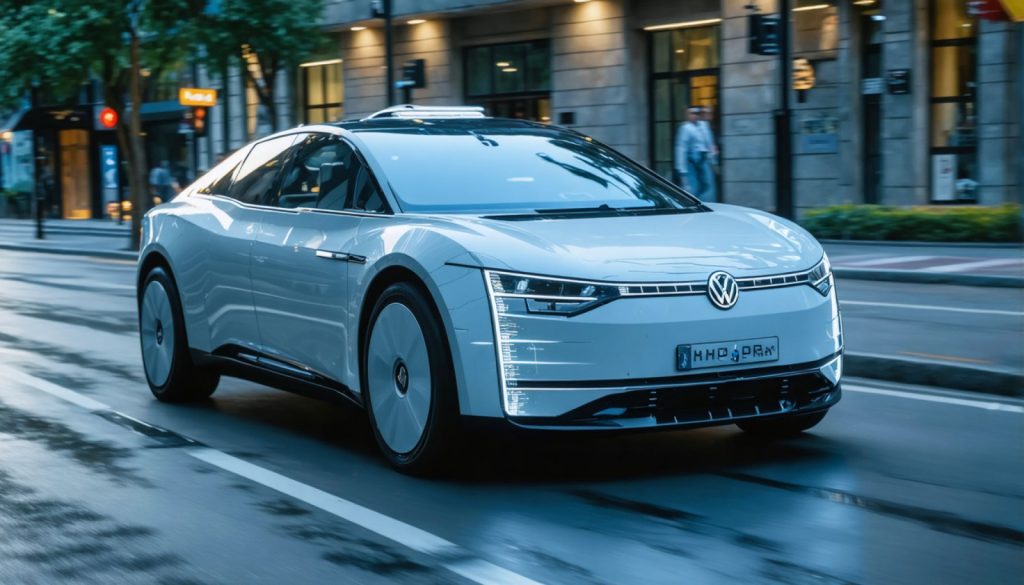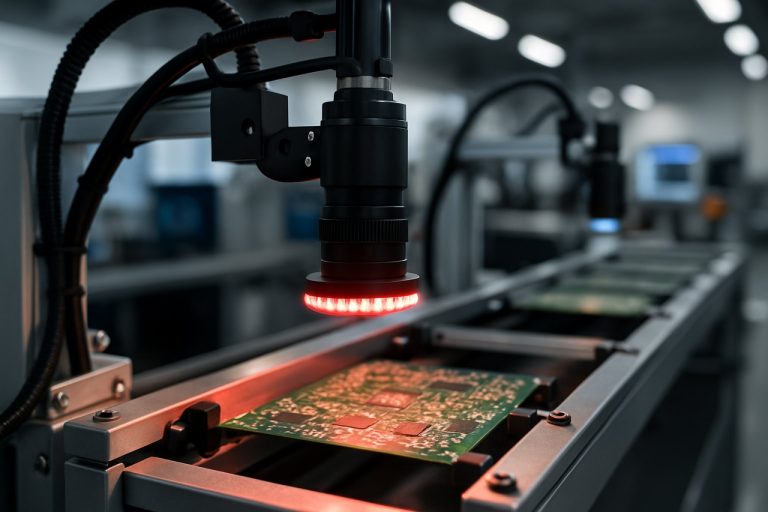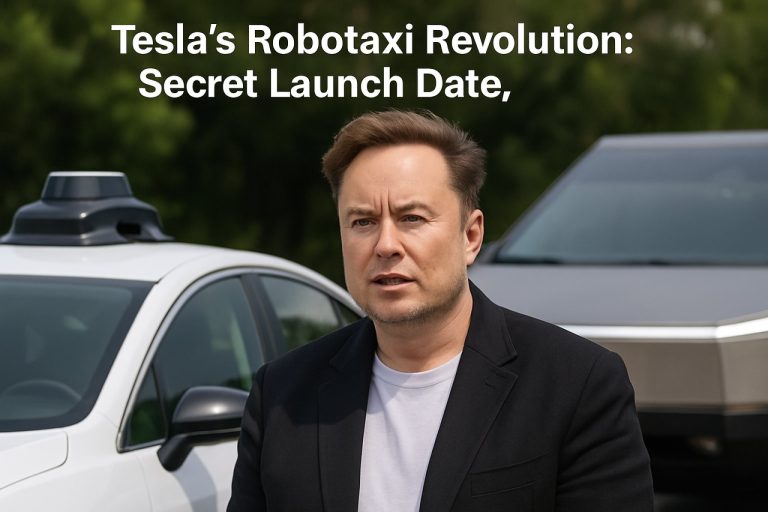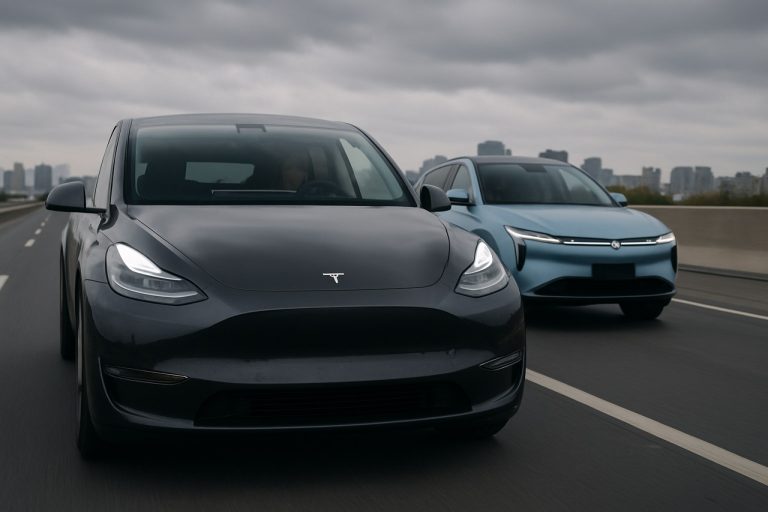
- Uber partners with Volkswagen Group of America to launch autonomous “ID. Buzz” vans in 2026, highlighting a shift to external innovation.
- The collaboration focuses on enhancing urban mobility with Volkswagen’s all-electric, nostalgia-meets-futuristic “ID. Buzz” vehicles piloted by humans initially.
- Uber’s strategy pivots away from developing its own autonomous technology, instead leveraging partnerships to fuel growth and innovation.
- The partnership reflects broader alliances, including collaborations with Waymo, Nvidia, and WeRide, strengthening Uber’s market position.
- Uber’s stock has risen 25% this year, displaying resilience and setting the company apart as potentially “countercyclical” amid economic challenges.
- As Uber prepares to announce its first-quarter earnings on May 7, the company’s strategic moves could further influence investor perceptions and market dynamics.
An air of excitement envelops pockets of Los Angeles as murmurs of innovation spread from boardrooms to bustling sidewalks. Uber’s strategic partnership with Volkswagen Group of America—a move that has sent their stock climbing—is set to overturn the conventional ride-hailing narrative by introducing a fleet of autonomous vehicles, starting from 2026. At the heart of this venture lies Volkswagen’s all-electric “ID. Buzz” vans, which evoke a blend of nostalgia and futuristic ambition. Initially piloted by human operators as the technology settles into the urban landscape, these robotaxis are poised to transform urban mobility in the coming decade.
The quiet streets will be host to the vibrant colors of the “ID. Buzz” vans, each powered by MOIA, Volkswagen’s cutting-edge autonomous mobility division. This partnership doesn’t just signal another step in technological advancement; it champions a future of seamless connectivity and smarter cities. Uber’s bold move to ally with established car manufacturers and tech innovators marks a significant pivot in its strategy from developing its own autonomous technology to leveraging and integrating external innovation.
Meanwhile, Uber’s shares have vividly outperformed a somber market, climbing an impressive 25% this year. Therein lies a narrative of resilience against the backdrop of market volatility—a standout performance amplified by clever partnerships. The recent tie-up follows a series of alliances Uber has fostered across the globe, from Waymo’s autonomous operations in Phoenix and Austin to groundbreaking development collaborations with Nvidia and WeRide in Abu Dhabi.
The market’s pulse quickens as investors witness Uber’s capability to weather economic dips and emerge stronger. With a Relative Strength rating of 84, the current market performance suggests that Uber may indeed be “countercyclical,” potentially outpacing broader downturns through strategic innovation.
As Uber’s robotic fleet prepares to hum through the streets of Los Angeles, the clock ticks toward May 7, when Uber will unveil its first-quarter earnings—a moment that could reshape investor perceptions and forecast the trajectory of one of the most dynamic players in the global transportation ecosystem. Amid this whirlwind of innovation, one takeaway remains clear: Uber is not just embracing the future but actively shaping it.
Will Uber’s New Partnership with Volkswagen Transform Urban Mobility?
The recent partnership between Uber and Volkswagen Group of America is generating buzz, not only for the technology involved but also for the broader implications for urban mobility. This collaboration, focusing on autonomous electric vehicles, positions Uber at the forefront of transforming transportation infrastructures.
Key Facts and Features
– The ID. Buzz Vans: Volkswagen’s all-electric “ID. Buzz” vans are central to this initiative. These vehicles, originally reminiscent of the classic Volkswagen Microbus, have been reimagined for the modern era with advanced autonomous capabilities, powered by MOIA, Volkswagen’s mobility division.
– Initial Human Oversight: These autonomous vehicles will initially be operated by human drivers to ensure a smooth transition and address any immediate challenges during the integration phase.
– Strategic Shifts in Uber’s Approach: This partnership symbolizes a significant strategic pivot for Uber—from developing its own autonomous technology to integrating external innovations. Collaborations with established automobile manufacturers and tech giants like Nvidia and WeRide highlight Uber’s focus on leveraging expertise beyond its borders.
Understanding the Market Impact
Uber’s strategic alliances have allowed its stock to climb impressively, outperforming broader market trends. Its 25% rise this year showcases investor confidence and highlights Uber’s resilience amid economic fluctuations. The partnership with Volkswagen is a testament to Uber’s ability to innovate and adapt, safeguarding its position in a volatile market.
– Relative Strength: Uber’s stock exhibits a Relative Strength rating of 84, suggesting its capability to deflect market downturns through strategic innovation and partnerships.
Industry Trends and Forecasts
– Market Forecast: Autonomous vehicles are projected to form a significant part of the transportation sector by 2030. Consulting firm McKinsey & Company suggests the autonomous vehicle industry could reach $615 billion by this time.
– Emerging Urban Mobility Trends: The shift towards autonomous electric vehicles aligns with global trends towards reducing carbon footprints and increasing urban mobility efficiency.
Addressing Reader’s Concerns
1. Safety and Reliability: Autonomous vehicles are designed with robust safety protocols, equipped with AI technologies to minimize human error and enhance traffic safety.
2. Environmental Impact: Electric vehicles like the ID. Buzz align with sustainability goals by reducing emissions, contributing to cleaner urban environments.
3. Economic Viability: While the initial investment is significant, autonomous vehicles promise reduced long-term operational costs due to savings on labor and fuel.
Pros and Cons Overview
Pros:
– Enhanced safety and reduced accidents.
– Lower environmental impact with all-electric fleets.
– Potential for cost reductions in public transportation over time.
Cons:
– Initial high setup and regulatory compliance costs.
– Concerns over job displacement for traditional drivers.
– Technological limitations and passenger trust in AI systems.
Actionable Insights and Recommendations
– Stay Informed: Keep abreast of updates from Uber regarding the integration timeline and expansion to other cities.
– Consider Careers in the Future Mobility Industry: Opportunities are growing in AI development, vehicle maintenance, and traffic management related to autonomous vehicles.
– Adapt to Technological Changes: Familiarize yourself with the operation of autonomous vehicle services. Early adoption can provide a competitive edge for businesses reliant on transportation.
For more details about Uber and its latest initiatives, visit their official site Uber. This partnership not only underscores a technological shift but also heralds a new era in urban transportation driven by innovation and sustainability.



